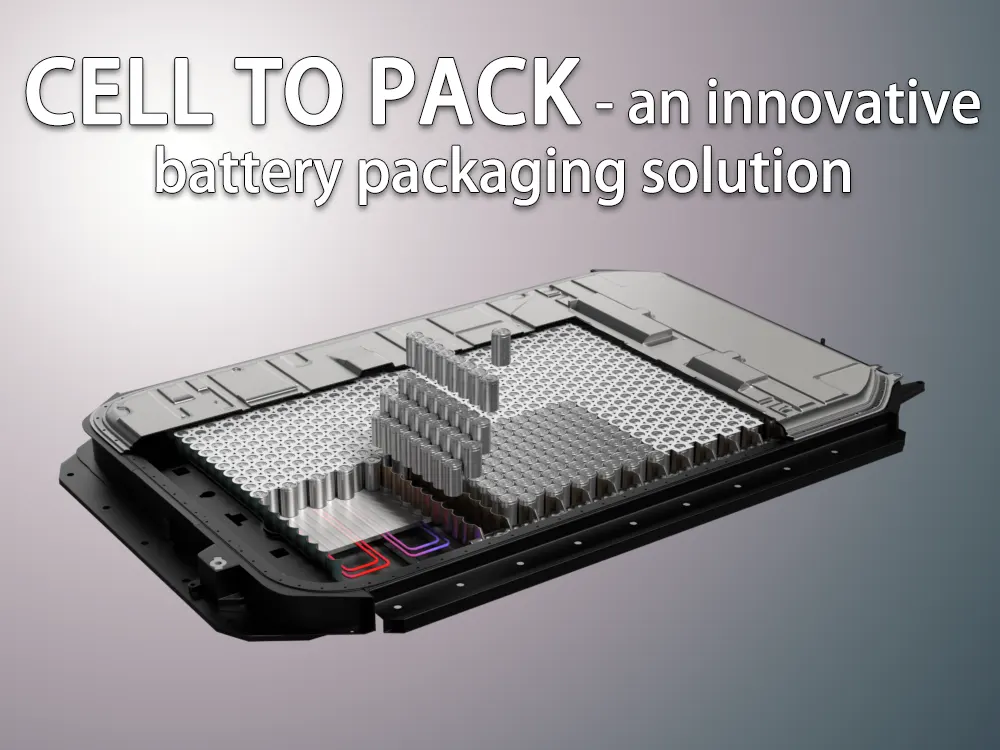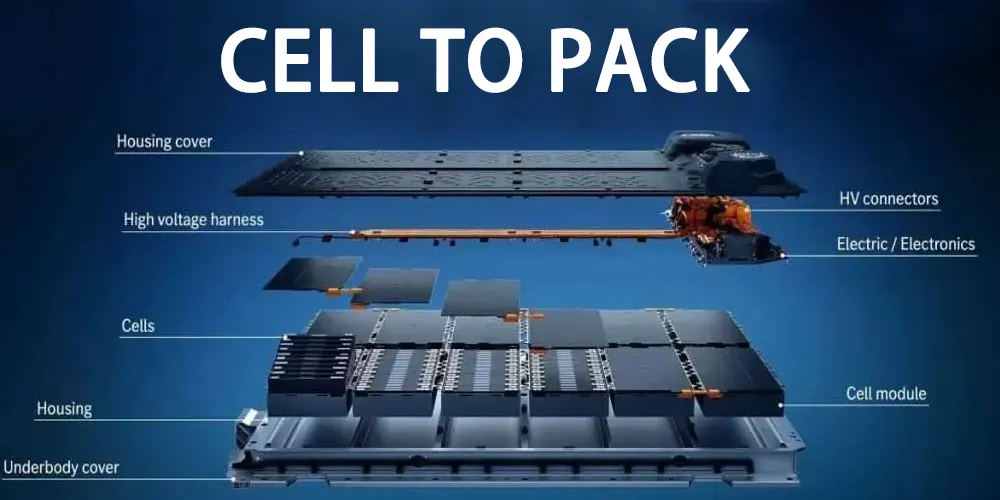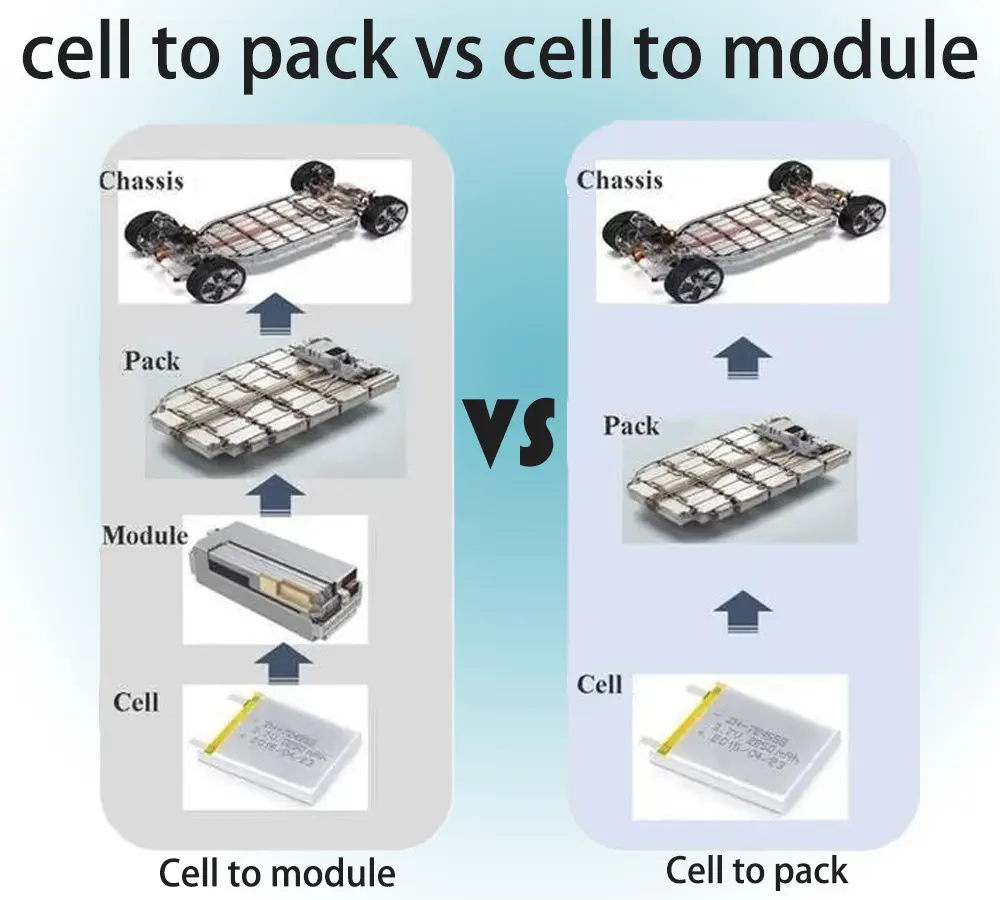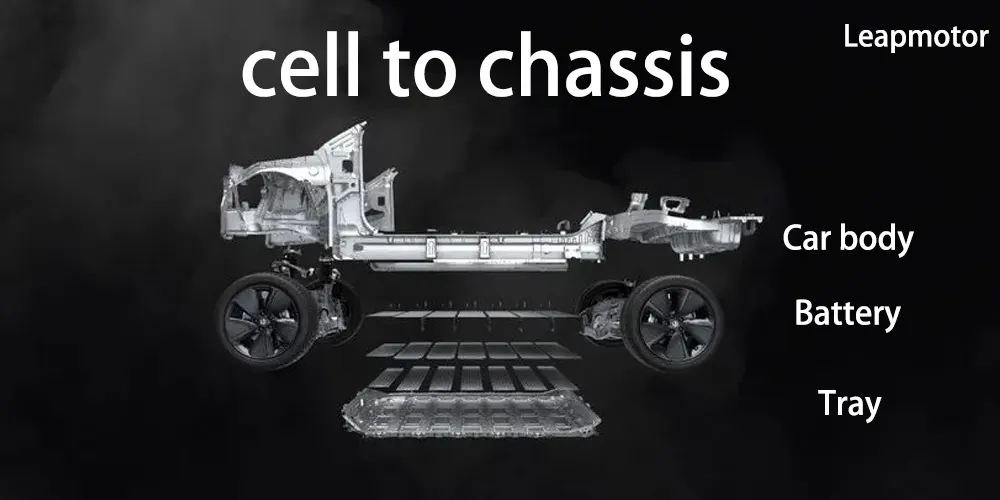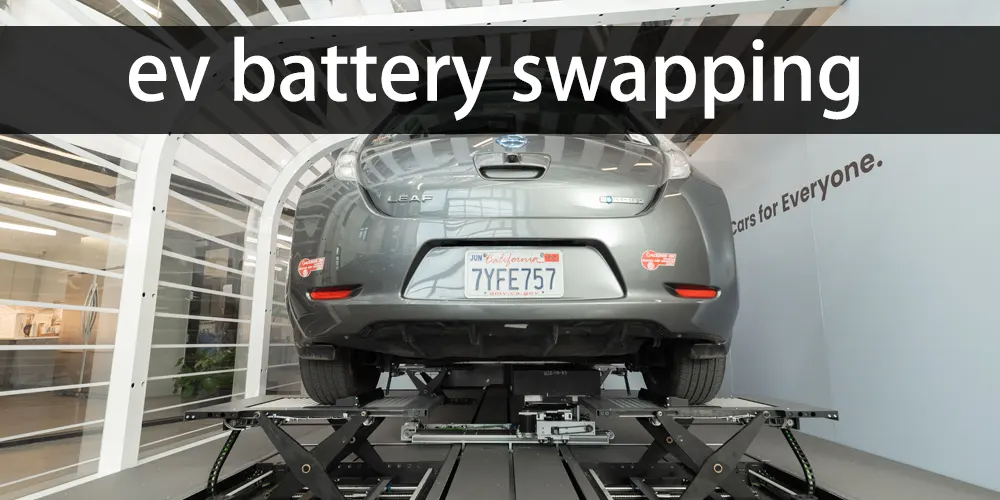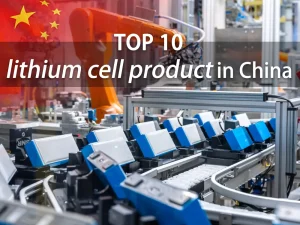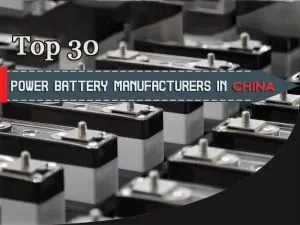Cell to pack - an innovative battery packaging solution
Range is a key point in the development of electric vehicles. One way to improve battery life is to increase the energy density of the battery.
However, the energy density of lithium iron phosphate battery and ternary lithium battery is getting closer and closer to the theoretical upper limit. It has become more and more difficult to increase the energy density.In this case, the innovation of system structure becomes another important way to improve the energy density of batteries. The development of cell to pack has gradually become the key research and application direction of the industry.
This article will take you to learn more about cell to pack, which is an innovative battery packaging solution.

What does cell to pack mean?
CTP (Cell to Pack) technology, also called no module technology. That is to omit or reduce the number of modules, and arrange the cells directly in the battery pack.
By directly arranging multiple batteries in the box, the number of parts is greatly reduced, and the utilization rate of chassis space is greatly improved.
CTP technology breaks the industry’s inherent three-level grouping design thinking of “single cells, modules and then battery packs”, and realizes the two-level grouping of “single cells directly into battery packs”.
What is the difference between cell to pack and cell to module?
The traditional integration method of electric vehicles is CTM, or “Cell to Module”, which represents the integration mode of integrating batteries on modules.
The general configuration method is: cell-module-pack-loading. However, the space utilization rate of the module configuration is only 40%, which greatly limits the space of other components. At the same time, it also limits the battery life of electric vehicles.
The biggest difference between CTP and CTM is the cancellation of modules. The way the battery is fixed has changed.
When there was a module design before, the battery was fixed on the beam of the battery pack through the end plate or side plate.
Now the module is cancelled, and the battery cells are glued together. The glue will become particularly hard after it solidifies, and it can also accelerate heat conduction.
What are the advantages of cell to pack?
Cell To Pack directly integrates the battery cell into a battery pack by canceling the module design. The battery pack is integrated into the body floor as part of the vehicle structure.
Its advantages are also very obvious:
● This method reduces the module structural parts and materials such as beams and longitudinal beams that were originally used to separate the modules and help the modules connect.
● The whole battery structure is greatly simplified, and the space is released
● Battery pack capacity expansion and battery pack weight reduction of the same size
● Enhancement of battery energy density and reduction of cost
BYD cell to pack technology
BYD, one of the members of top 10 lithium iron phosphate power battery manufacturers, also adopted the CTP (Cell To Pack) design idea.
That is, the battery cells are directly installed in the battery pack case in an array, omitting the step of assembling the battery cells into a module.
BYD’s CTP design ensures the strength of the battery pack, saves accessories such as beams, longitudinal beams, and bolts, and increases the space utilization rate inside the battery pack shell from the original 40%-50% to 60%-80% %.
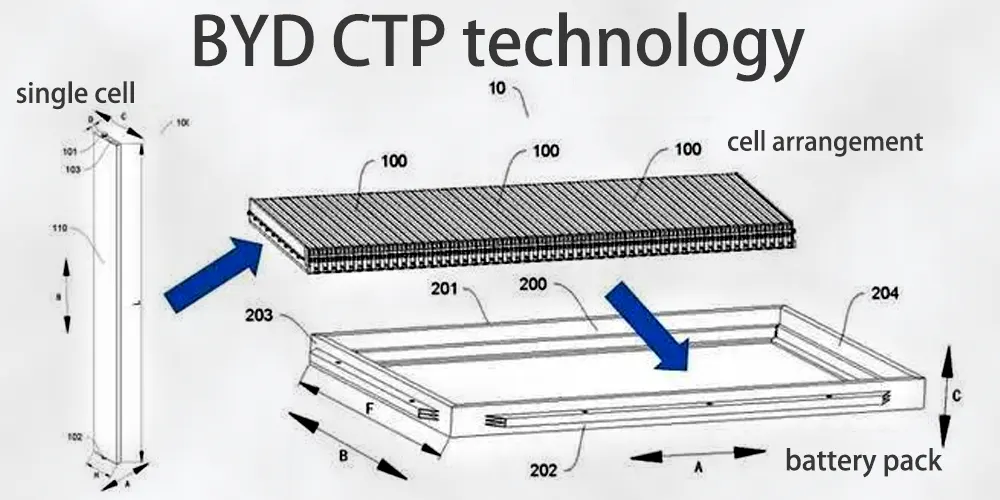
After canceling the beams and longitudinal beams in the battery pack shell, other designs need to be adopted to ensure that the battery pack is not easily deformed under the force of all directions. This is an important reason why BYD has to make the battery cells thin and long.
In the length direction, the blade battery can replace the beam structure, and in the thickness direction, the stacking of “blade batteries” can replace the longitudinal beam structure, and finally ensure that the battery pack has sufficient structural strength.
At the same time, a high-strength plate is installed on the side ridge of the blade battery, so that the side of the blade battery can bear the supporting role.
This series of designs allows the blade battery to skip the module link and directly form a battery pack, thereby improving space utilization.
What is cell to chassis? Is it different from CTP?
CTC is the abbreviation of “cell-to-chassis”, which means “integrated design of battery and chassis”. The original cockpit floor is canceled and the battery cover is replaced, and the seat is directly installed on the battery cover to realize the complete integration of the battery and the body.
CTC has extremely high requirements for the entire manufacturing chain. It is required that OEMs and lithium battery suppliers must have multiple cross-domain capabilities.
Most car companies must have the ability to design battery cells and highly integrate the three-electric system. Power battery companies need to lay out in the motor, chassis design and other sectors.
At present, Leapmotor and Tesla have taken the lead in announcing the CTC plan, and BYD and CATL are accelerating their deployment.
Battery integration method makes the energy supplement method different
The difference between modularization and integration of batteries implies a difference in energy supplementation methods.
Vehicles using Cell-to-Pack (CTP) technology are more suitable for battery swapping mode. The battery pack adopts a modular design composed of battery chips, which can be directly replaced with a new battery pack to achieve energy supplementation for the entire vehicle.
The advantage of this method is that the battery replacement time is fast, and the replacement of the battery pack can be completed in a short time, thereby greatly improving the use efficiency of the vehicle. In addition, the modular design also makes the maintenance and repair of the battery pack easier.
On the other hand, CTC technology is more suitable for fast charging mode. Since the cells are integrated into the chassis, the battery cannot be detached from the body.
Therefore, the fast charging mode has become the energy supplement method of CTC technology. However, without the structural protection of the module and PACK, the importance of battery thermal management will be further enhanced.

